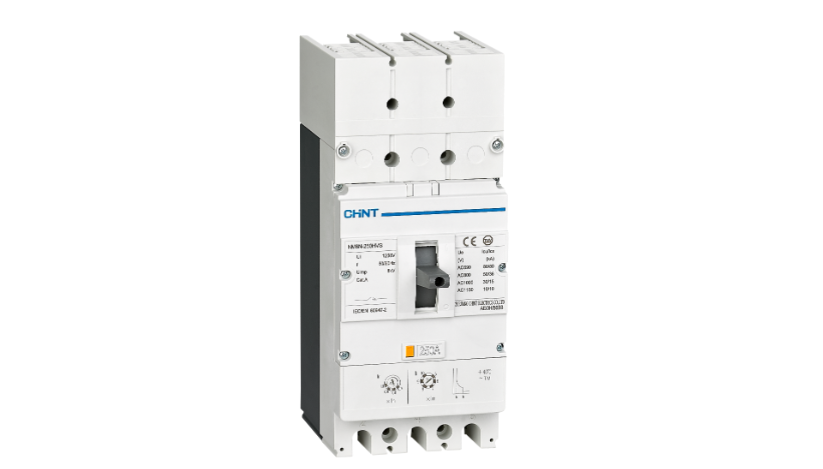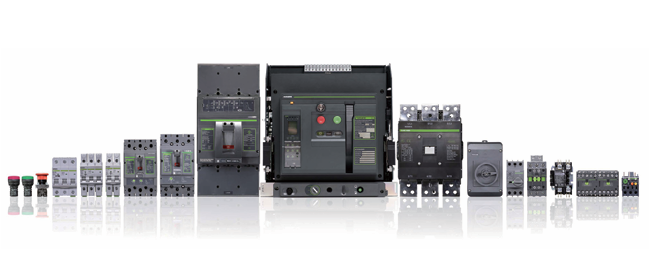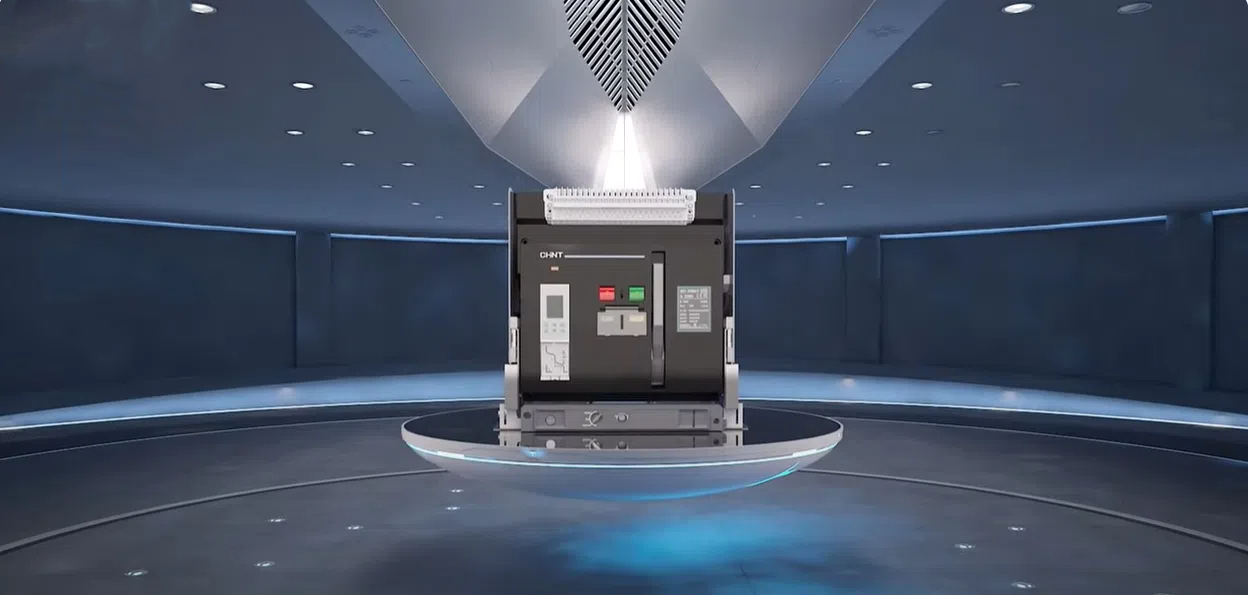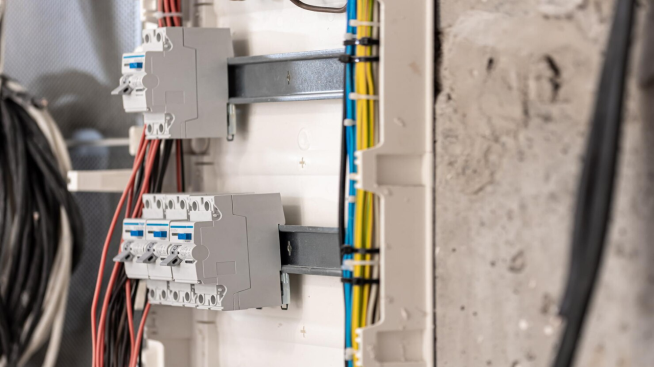Moulded Case Circuit Breakers are valuable devices that protect electrical systems against over-currents. However, altitude can affect how a moulded case circuit breaker performs. Higher elevations change the air properties around MCCBs. This alteration impacts their operation and safety ratings.
How Altitude Affects the Performance
Air density decreases at higher altitudes. This creates problems for MCCBs as these devices use air as an insulating medium. Thinner air at elevation means reduced dielectric strength. The air cannot insulate as effectively. This compromises the ability of the moulded case circuit breaker to contain and extinguish arcs. Voltage withstand capacity also diminishes and the risk of electrical flashover increases. These effects become noticeable above 1,000 meters.
Adjustments are necessary when installing MCCBs at high elevations. Manufacturers specify maximum altitude limits. Most MCCB circuit breaker devices shouldn’t operate above 2,000 meters without modifications. Derating is required beyond this point. This means reducing the rated current or voltage capacity of the moulded case circuit breaker.
A reduction coefficient must be applied. The exact value depends on the installation height. Professional guidance is essential for installations above 2,000 meters. It’s recommended to contact qualified engineers to determine appropriate derating factors. This ensures safe and reliable operation.
Ignoring MCCB Altitude Effects: Risks and Consequences
Safety Hazards
High-altitude moulded case circuit breaker installations without proper derating invite dangerous situations. Arc faults become more likely. Flashovers may occur between live parts. Equipment explosions are possible in extreme cases.
These hazards put workers at risk of injury. They can cause fires or other secondary accidents. Facility damage can be extensive and emergency shutdowns might be necessary. These events can lead to significant downtime and repair costs.
Operational Failures
Performance issues can emerge when altitude effects are ignored. The moulded case circuit breaker may trip at incorrect current levels. This causes nuisance trips in some cases. In others, it leads to delayed protection. Contact welding might occur during switching operations. This prevents proper disconnection.
Components of MCCBs may experience accelerated wear. The thermal protection elements may not function as designed. These problems reduce system reliability and increase maintenance frequency and costs.
NM8N-HV MCCB by CHINT for Reliable Protection
At CHINT, we design high-performance electrical protection solutions. Our products combine innovation with reliability. Our NM8N-HV MCCB circuit breaker is a standout product. This high-voltage moulded case circuit breaker handles demanding environments and is built for heavy-load electrical systems. Its design incorporates advanced arc suppression technology. Some of its key highlights include:
- Extended Voltage Range: The NM8N-HV features an impressive 1150V AC rating. This CHINT MCCB is perfectly suited for solar farms and demanding industrial applications.
- Temperature Resilience: The breaker maintains peak performance across a staggering temperature range (-40°C to +70°C).
- Zero-Arc Breaking Capability: Minimizes wear and extends operational life while improving safety during fault interruption.
- Multiple Frame Sizes: Available in 250A, 400A, and 630A options to suit various installation requirements.
- High Breaking Capacity: Achieves up to 50kA breaking current at 800V AC. The MCCB provides robust protection against severe faults.
- IEC/EN 60947-2 Compliance: Manufactured to meet international standards. The NM8N-HV CHINT MCCB ensures global compatibility and acceptance.
Conclusion
Altitude significantly affects MCCB performance since air density reduction compromises insulation properties. This creates safety and operational risks. Proper derating is essential above 2,000 meters. Ignoring these effects leads to potential hazards and failures.
At CHINT, we offer highly reliable moulded case circuit breakers. Our NM8N-HV MCCB provides reliable protection even in demanding environments. It combines high voltage capabilities with advanced safety features. If your MCCB altitude is beyond 2000m, get in touch with us for a reduction coefficient.







